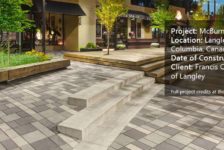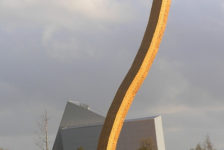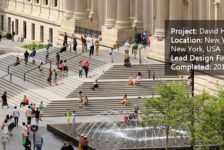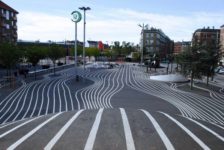In recent years, global temperature has increased significantly and encouraging the use of outdoor spaces is becoming a challenge for landscape architects and urban planners. Planting trees to cool the urban environment is an effective strategy to provide comfortable open areas in hot countries; but urban greening is more than just an environmental concern, it is a social preoccupation too as inefficient open spaces can lead to exclusion and isolation. GONÇALO DE CARVALHO One of the most inspiring examples of how green areas contribute to upgrading the quality of the urban environment is Gonçalo de Carvalho, which is considered by many as “the most beautiful street in the world” (and we do not dare to disagree). It is indeed the most beautiful street in the world, not only because of the impressive visual effect this green tunnel creates but also because of the touching love the residents have for these stunning trees.

GONÇALO DE CARVALHO; credit: Adalberto Cavalcanti Adreani
- Solar radiation
- Temperature of surrounding surfaces
- Air temperature
- Humidity
- Wind speed.
- Trees can improve each of these parameters by:
- Creating shade, which prevents solar radiation from heating surfaces
- Cooling the air through evapotranspiration
- Increasing relative humity through transpiration
- Reducing air speed, acting as barriers.
We can say they pretty much work as natural air-conditioners (check out the 5th fact at “8 Amazing Facts About Trees You Didn’t Know”) with regards to improving climatic conditions. This is of major importance in landscape architecture as comfortable environments promote the use of open spaces and increase vitality of cities. QUALITY OF OUTDOOR AREAS & THE NEED TO PRESERVE There is no doubt urban trees have a positive effect on people’s lives. Green areas improve the physical, environmental, economic and social aspects of the landscape which are very important in the planning of more sustainable cities. Climate change is upon us and an increase on energy demand for cooling systems could lead us to a global crisis. This situation compels us to seek ’green solutions’ and Gonçalo de Carvalho is an example of how quality of life in cities can be improved with a zero-energy approach. Besides, the street also brought the community together in the need to preserve their heritage fo future generations, strengthening public power in a country that is so in need of it. – A special thanks to Cesar Cardia and the organisation “Amigos da Gonçalo de Carvalho”. For more information, contact them at: You can follow them on there blog and at their Facebook page. Article written by Julia Lucchese
Published in Blog









